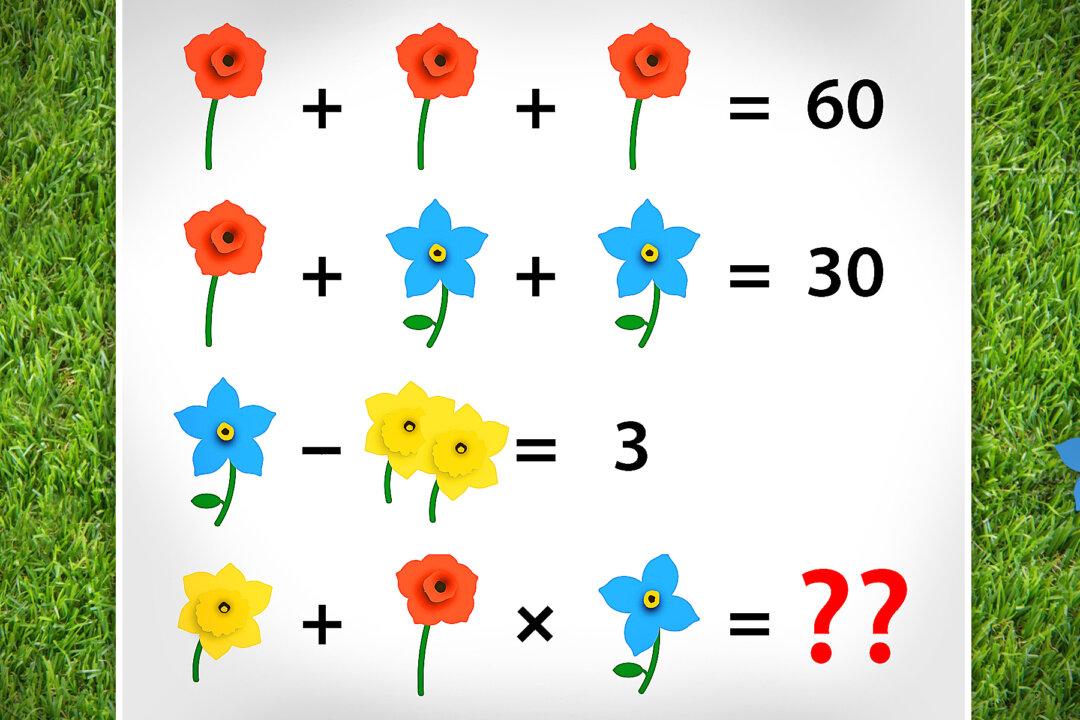This math problem was originally created for 5-year-olds in China. It might seem simple enough at first; however, a fierce debate ensued when the question first appeared online—and that’s what makes it so interesting.
First, see if you can figure out the answer for yourself, and then we’ll dig into what all the clamor is about.






